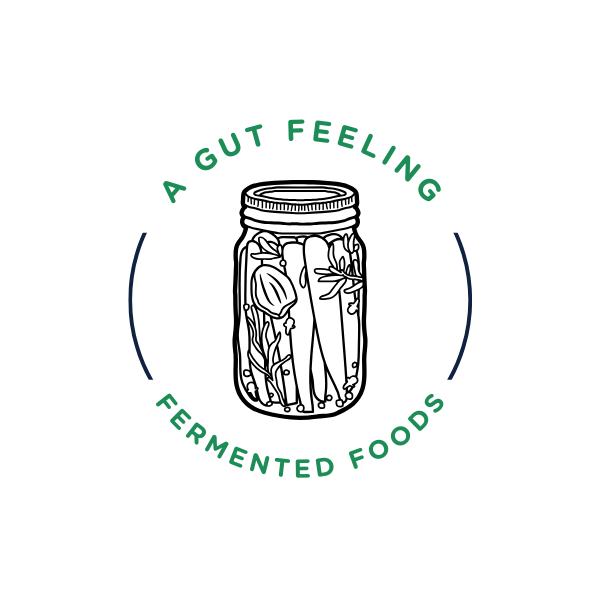Kamut®: The Golden Grain of the Ancients-A Deep Dive into Its Science, Story, and Roots
Kamut® (pronounced kuh-MOOT), also known as Khorasan wheat, isn’t just a trendy ancient grain. Kamut is a royal heirloom of agriculture, packed with nutrients, rich in history, and celebrated for its powerful health benefits and spiritual resonance. From the fields of Mesopotamia to the tombs of Pharaohs to modern day Montana, Kamut tells a story of resilience, rediscovery, and redemption.
1. Botanical Identity & Genetics
Scientific Name: Triticum turgidum ssp. turanicum
Common Names: Kamut®, Khorasan wheat, King Tut’s Wheat, Prophet’s Wheat, Noah’s Wheat
Genetics: Tetraploid (AABB genome), lacks the D-genome found in modern wheat
Kernel Size: 2–3× larger than modern wheat, amber-gold, and vitreous
Taste: Naturally sweet, nutty, buttery flavor
Texture: Chewy yet soft with proper preparation
Kamut’s simpler gluten structure (no α-gliadin 33-mer) makes it easier to digest for many with non-celiac wheat sensitivity,yet it still contains gluten and is not safe for those with celiac disease.
2. Ancient Origins & Rediscovery
Region of Origin: Fertile Crescent (Mesopotamia, Persia, Egypt)
Hybrid Ancestry: Likely a natural cross between T. durum and T. polonicum
Historical Use:
Possibly stored by Joseph during Egypt’s seven-year famine (Genesis 41)
Grains found in Pharaohs’ tombs
Known in Egypt as balady durum
Modern Rediscovery
1921:First documented by botanist John Percival
1949: U.S. airman Earl Dedman acquires 32 grains in Portugal; brought to Montana and dubbed “King Tut’s Wheat”
1977: Dr. Bob Quinn rediscovers the grain at a county fair
1986–1990: Kamut products debut at Natural Products Expo
1990: KAMUT® is trademarked with rigorous organic, non-GMO, identity preserved standards
Today, Kamut® is grown primarily in Montana, Alberta, and Saskatchewan.
3. Agricultural Profile
Height: ~4–5 ft (127 cm), making it more competitive against weeds
Climate Suitability: Thrives in dryland, continental climates with cold springs and hot, dry summers
Organic Focus:
Certified organic only
No synthetic inputs or glyphosate
Full traceability from seed to shelf
Yields: Lower than modern wheat, but higher in protein and minerals
Sustainability: Promotes dryland farming and supports small organic farms
4. Nutritional Composition (per 100g)
337 kcal, 14.5g Protein, 11g Fiber, ~136 mg Magnesium, 3.5 mg Zinc, 3.8 mg Iron, 70–100 mcg Selenium, 4.7 mg Vitamin B3, Vitamin E, Palmitic, oleic, linoleic, Carotenoids (esp. lutein), Polyphenols
Exceptionally rich in selenium(10x more than modern durum), manganese, magnesium, niacin, copper, and zinc.
5. Clinical Health BenefitsCardiometabolic Health
Randomized crossover trials show:
Reduced LDL by 7–8%
Reduced total cholesterol by 4–6%
Reduced inflammatory cytokines (TNF-α, IL-6, IL-12, VEGF) by up to 36%
Higher magnesium and potassium levels
Metabolic & Digestive Effects
Reduced blood glucose and insulin in type-2 diabetics
Reduced liver enzymes in NAFLD patients
Fewer IBS symptoms
Improved gut microbiota in fibromyalgia trials
Antioxidant Potential
In animal and in vitro studies, Kamut sourdough outperformed modern wheat in reducing oxidative stress and inflammation.
6. Kamut + Wild Sourdough: A Fermentation Powerhouse
Phytate Reduction: Up to 90% decrease means enhanced mineral bioavailability
Gluten Predigestion: Microbial proteases break down gliadins/glutenins results in reduced allergenicity
FODMAP Breakdown: 60–80% reduction in fructans is better for IBS-prone individuals
Starch Modification: Formation of resistant starch makes it a lower glycemic index, feeds beneficial bacteria
Microbiome & Immune Benefits:
LAB (e.g. L. plantarum, L. brevis) produce SCFAs (especially butyrate) equals lower inflammation, support gut barrier
Flavor & Preservation:
Glutamic acid results in umami
Organic acids gives mild tang, longer mold free shelf life
7. Allergenicity & Digestibility
Not celiac-safe
Often tolerated by individuals with:
Non-celiac gluten sensitivity
Mild wheat allergy (reduced IgE binding after fermentation)
Long-fermented Kamut sourdough may reduce inflammatory gene expression
8. Biblical & Spiritual Symbolism
Ancient Egyptian: Possibly referred to as kamut in hieroglyphics, meaning “wheat”
Joseph’s Granaries: Symbol of provision and foresight (Genesis 41)
“Noah’s Wheat” & “Prophet’s Wheat”: Revered as a gift of preservation, nourishment, and sacred resilience
Isaiah 55:2 — “Eat what is good, and delight yourself in abundance.”
9. Culinary & Functional Uses
Flavor: Rich, buttery, and golden
Storage: Store in a cool, airtight container (germ oil = shorter shelf life if exposed to air)
Best When: Fresh-milled and fermented. Ideal for pasta, bread, and breakfast cereals
Kamut® is more than a grain
Scientifically validated for cardiovascular, metabolic, and digestive health
Nutrient-dense and bioactive-rich
Spiritual in origin, evoking stories of famine, faith, and divine provision
Fermentation friendly, unlocking deeper nourishment and better digestibility
Sustainably farmed, supporting soil health and organic stewardship
